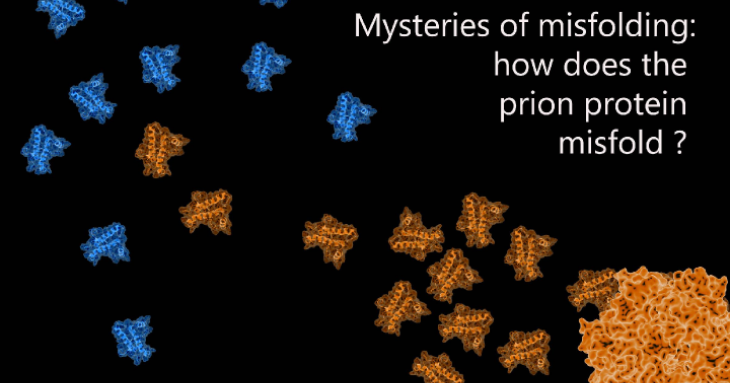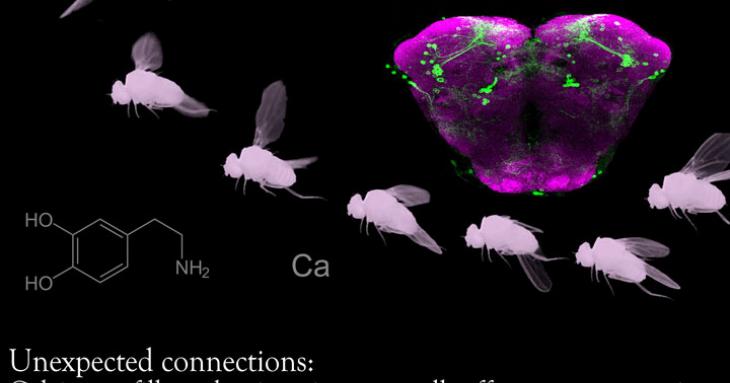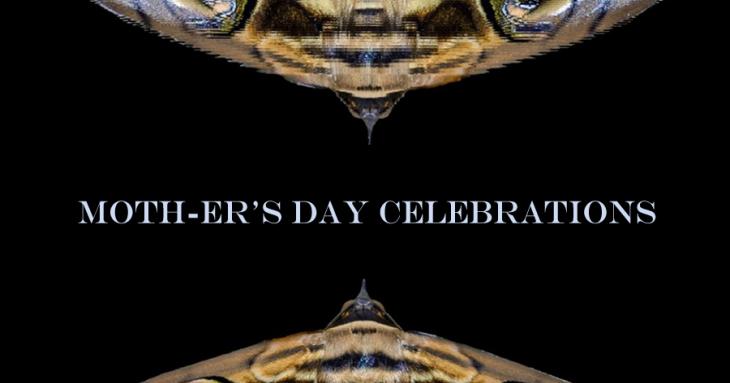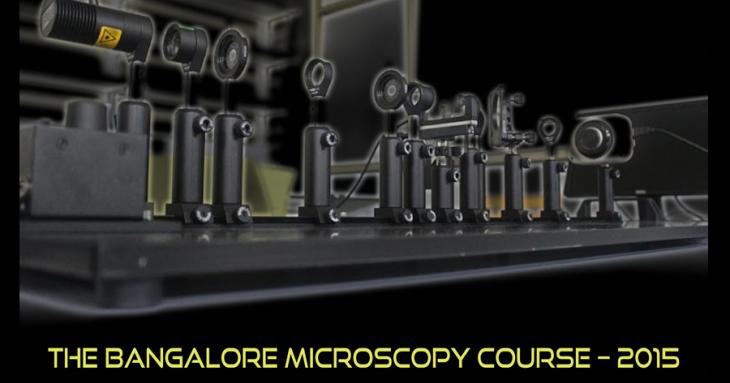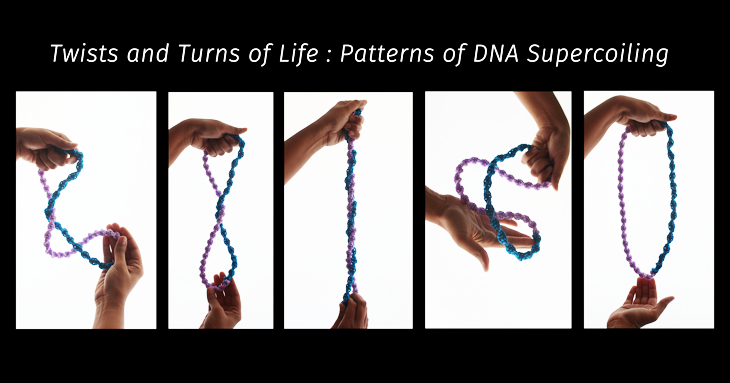-
Mysteries of misfolding: how does the prion protein misfold?
Prions are strange, even by the standards of the biological world which regularly throws up bizarre creations. They are the agents that cause mad cow disease in cattle, scrapie in sheep, Creutzfeldt- Jakob disease (the equivalent of mad-cow in humans) and fatal familial insomnia. The term prion was coined from the words “protein” and “infection” to reflect its unique nature – an infectious protein, which does not require the all-important DNA or RNA molecules to copy and transmit biological information.
-
Unexpected connections: Calcium refill mechanisms in nerve cells affects gene expression
Calcium, is not just for strong bones - it is an essential requirement for normal muscle and nerve cell function. Recent research now shows that Calcium ion homeostasis in nerve cells is linked to another important process - it may be regulating the levels of an important signalling molecule called dopamine.
-
Moth-ER's Day Celebration 2015
At the annual six-leggers’ council meeting T’was the Lepidopterans’ general feeling; It was high time that humans treated insects With due respect, and not as pests. So, a wriggle of caterpillars met under the moon, Crooning as they spun their comfy cocoons. “We’ll show those humans our value – come eclosion day; We’ll impress them so much, they’ll celebrate Moth day!”
-
The Bangalore Microscopy Course – 2015
This year, the 7th BMC meeting was held in NCBS from 20th to 27th September, 2015. Microscopy is a technique that is used in most aspects of biological research. The field of microscopy is a dynamic one with new technology and techniques being developed for a vast array of uses. The Bangalore Microscopy course is an intense, week-long course designed to cover the many aspects of microscopy and explore new developments in this field for their potential application in research.
-
Twists and turns of life: patterns of DNA supercoiling
"A bend and a twist, then stretch and turn, now relax". What sounds like a series of exercise instructions, are also words that describe the various shapes a piece of DNA can assume. The classic double helix structure that one associates with DNA is but an extremely limited view of its physical 'shape'. The molecule that holds the codes of life is capable of further winding itself into myriad complex shapes called 'supercoils' that are capable of affecting gene expression patterns.


